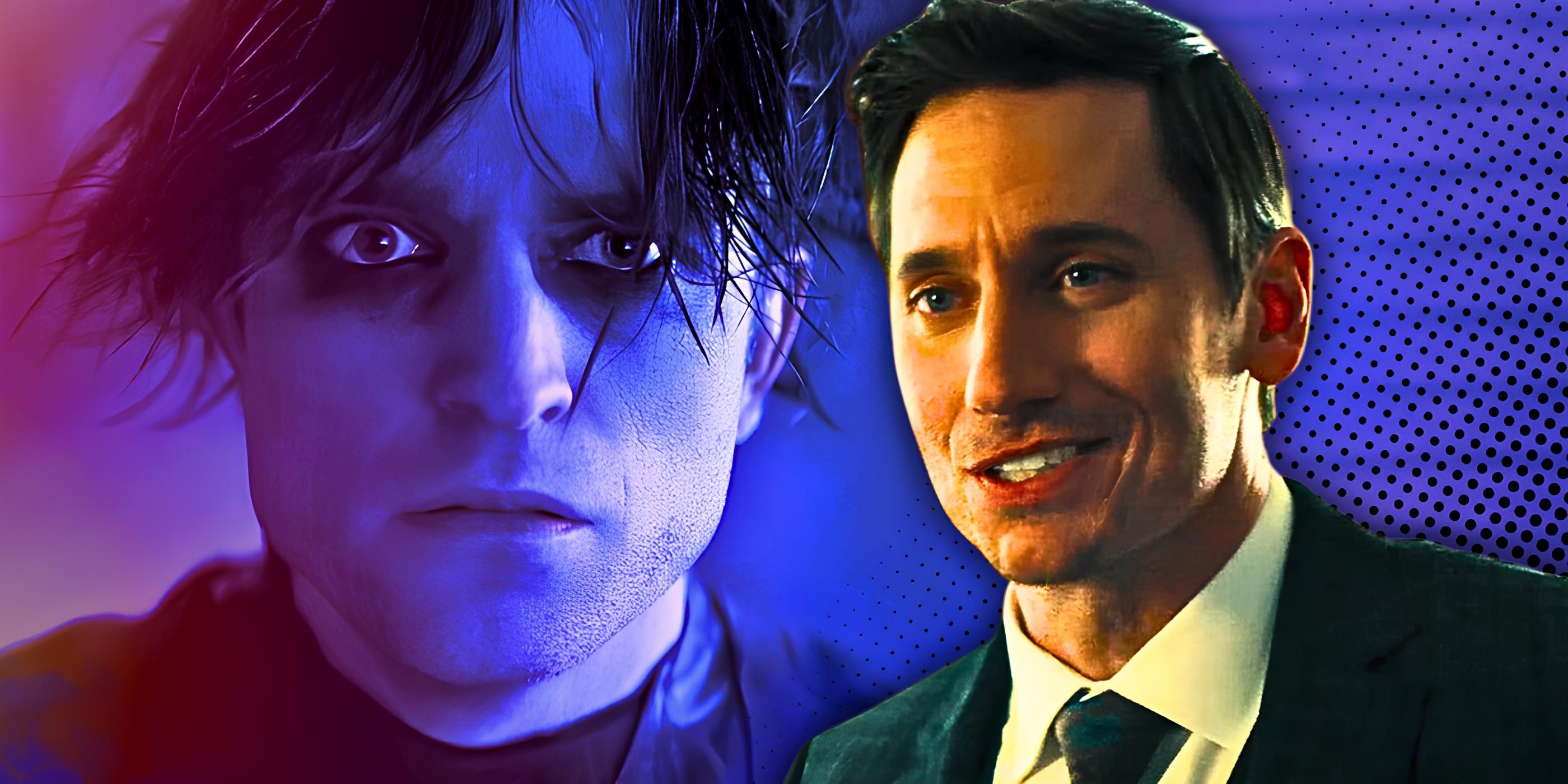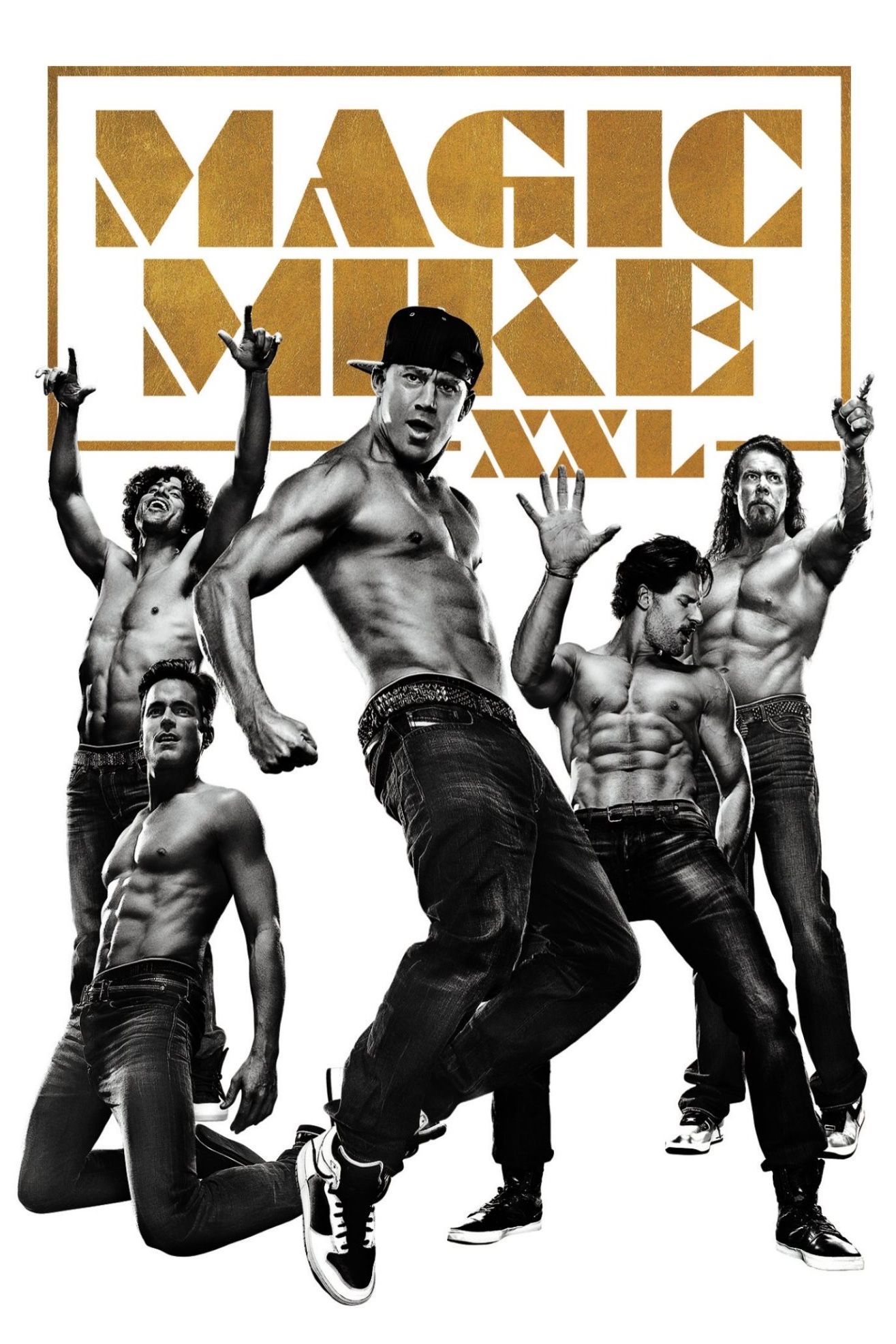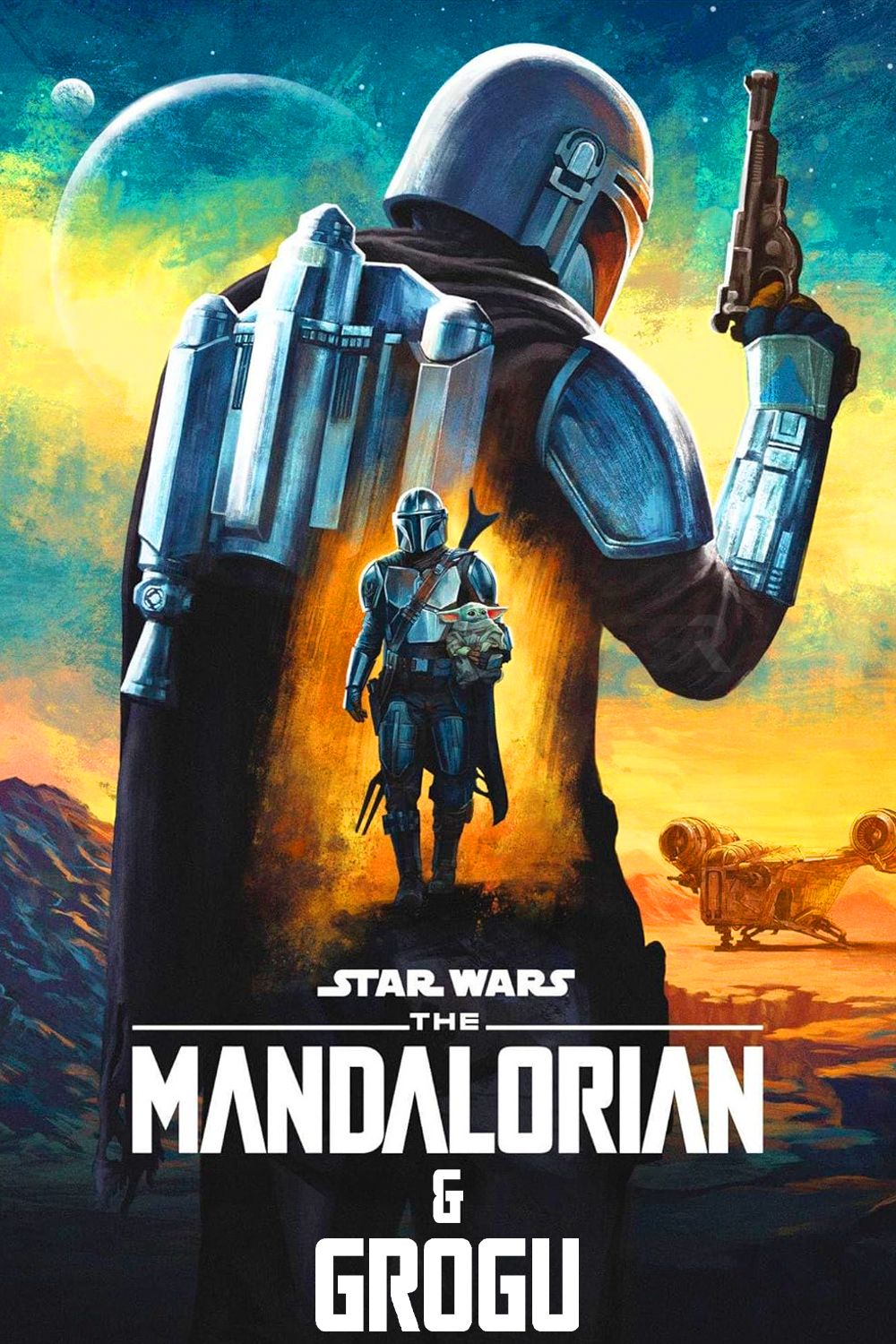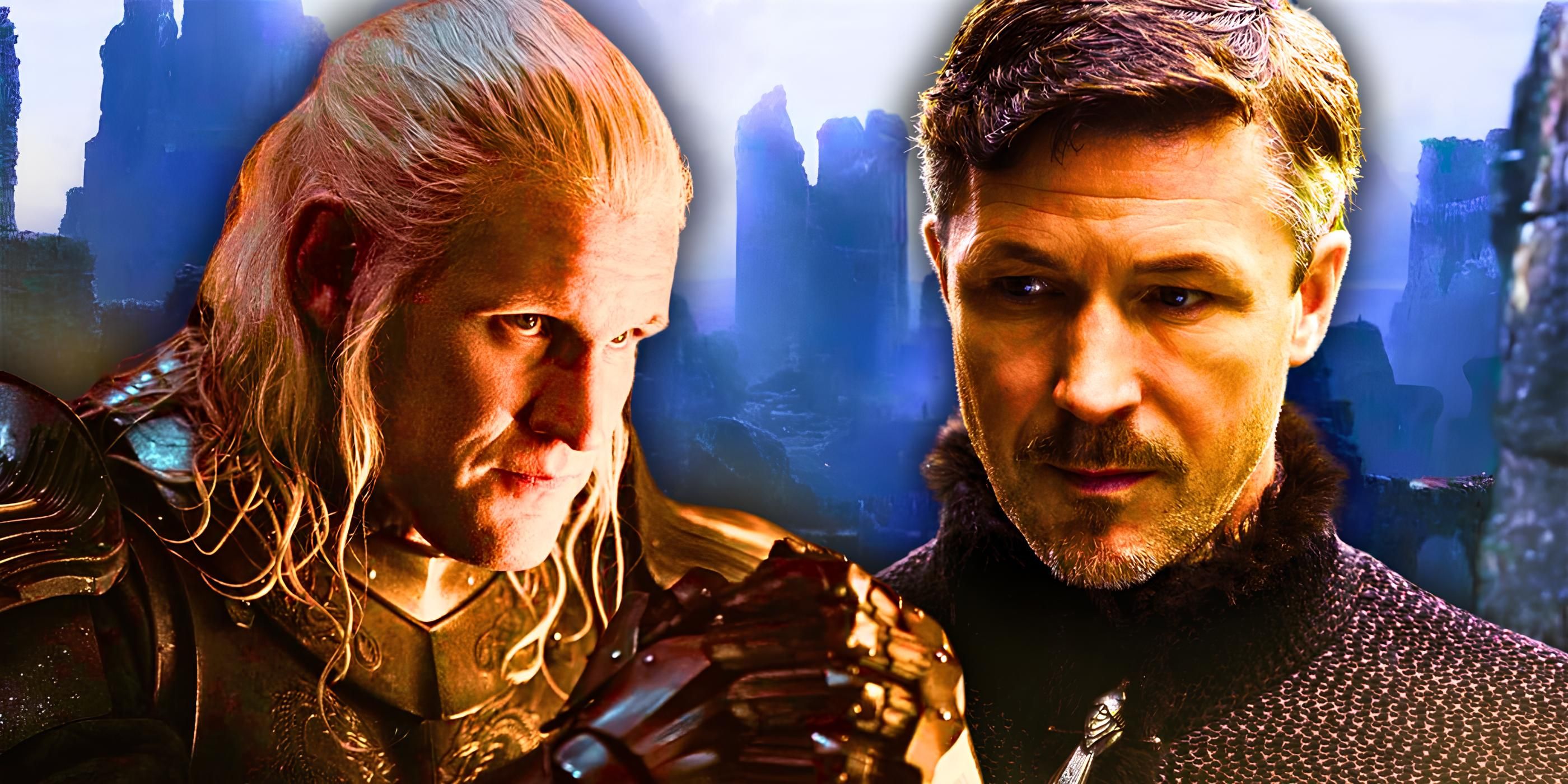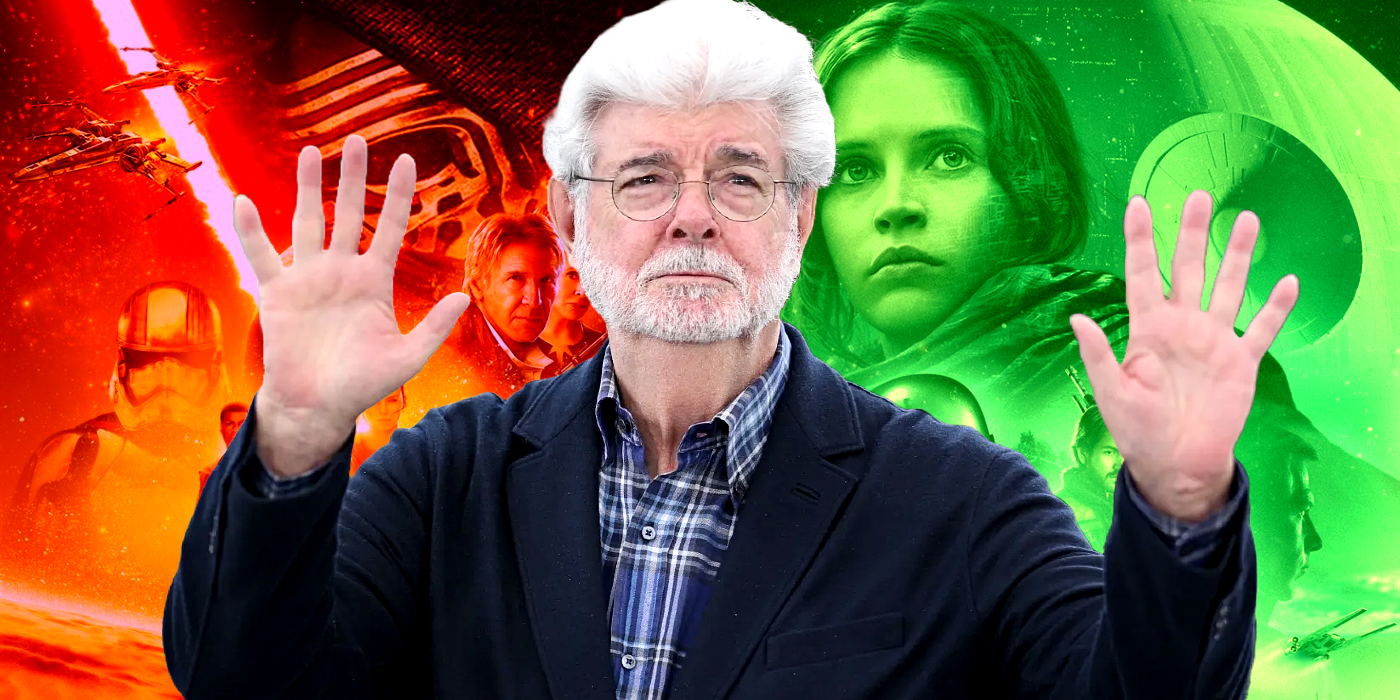Director Ridley Scott explains why Blade Runner‘s original ending features footage from The Shining. Blade Runner famously has multiple endings, including the theatrical cut, a director’s cut, and the final cut, the last of which was supervised entirely by Scott and is generally treated as the definitive version of the movie. While the director’s cut and final cut have a more ambiguous conclusion, the theatrical cut has a more traditional happy ending, which ironically was brought to life with B-roll footage from Stanley Kubrick’s iconic horror film The Shining.
In a new interview with Deadline, Scott explains why the ending of Blade Runner‘s theatrical cut changed from his original vision and why he used footage from The Shining. The theatrical cut’s ending shows Rick Deckard (Harrison Ford) and Rachael (Sean Young) driving into the mountains, which differs greatly from the ending in which Deckard picks up the origami unicorn before leaving with Rachael. Read Scott’s explanation below:
I’d just finished Blade Runner. And the film is essentially a film noir. He walks out, you’re going to walk away with his love, and on the floor. And there’s this origami unicorn. He picks it up and nods. This is a confirmation that he may be a replicant. He goes into the elevator and boom, finished. They f*cking hated it.
They say, you can’t do this. We’ve got to preview it again with a happy ending. I said, why a happy ending? They said, driving into mountains or something. I go, what are you talking about? Why would you live in a city if there was a mountain range just around the corner? You go live in the f*cking mountains. They say, we need a preview with a happy ending. I called Stanley, I said, Hey, I know you’ve just done The Shining last year, and I know you hate flying. You must have six weeks of helicopter footage in those mountains. Can you let me borrow? So I’ve got 70 hours of footage the next day, and that footage went into the movie. That was Stanley, that was his material.
Why Blade Runner’s Unicorn Ending Works Better

Blader Runner‘s original ending featuring unused overhead footage from The Shining of the Torrance family driving through the mountains to the Overlook Hotel is a fascinating piece of film history, but it does not improve the theatrical cut’s ending. As Scott indicates, this ending was dictated by the studio, and was not a creative decision that aligned well with the rest of the movie. This happier ending is inconsistent with Blade Runner‘s tone and feels particularly jarring shortly after witnessing the moving death of Roy Batty (Rutger Hauer).
The unicorn ending that Scott intended and that is featured in the director’s cut and the final cut is more ambiguous and more consistent with the overall tone. It essentially confirms Deckard is a replicant without explicitly saying it in a clever way that is foreshadowed earlier in the story. This ending is also more open-ended about what that revelation means for Deckard and Rachael, and what they will choose to do with their newfound freedom.
The last line of the theatrical version is Rachael saying to Deckard, “You and I were made for each other,” a much more heavy-handed and less clever confirmation of Deckard being a replicant that also removes any ambiguity about their future together. The final line in the unicorn ending is Deckard remembering Gaff (Edward James Olmos) telling him “It’s too bad she won’t live – but then again, who does?” Gaff’s final words are far more thought-provoking and well-aligned with the themes of Blade Runner, as is the rest of the unicorn ending.
